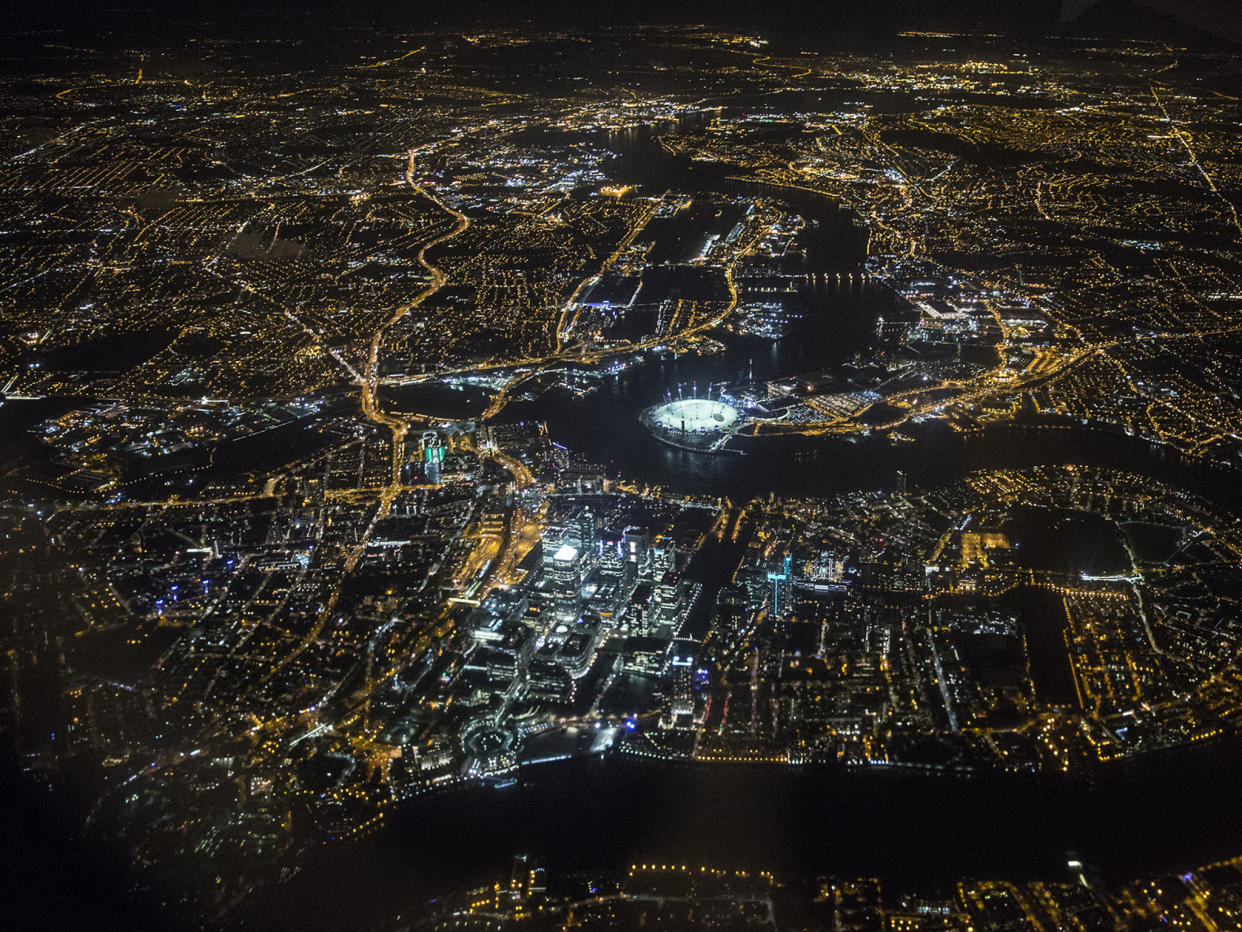Light pollution surges at alarming rate worldwide and could impact wildlife and human sleep patterns

The world is experiencing a marked increase in light pollution at night, a study has found, with the changes potentially playing havoc with our sleeping patterns and stopping us seeing stars.
Scientists were surprised to see that the adoption of energy efficient bulbs across the developed world nonetheless coincided with an increase in light pollution - and could actually be masking a bigger problem.
From 2012 to 2016, the surface area of the planet that is artificially lit at night time grew by more than 2 per cent each year.
Scientists now say that people’s sleep could be impaired as a result, which would be detrimental to our health and wellbeing.
The ecosystem is also at risk, with the changes impacting the migration and reproduction patterns of birds, fish, amphibians, insects and bats.
And if the trend continues, seeing the Milky Way or stars in the night sky from inside towns and cities could soon become a thing of the past.
The findings were made by GFZ German Research Center for Geosciences using data from a NASA satellite, and published in the journal of Science Advances.
The scientists concluded that light pollution was “on the rise” in some of the world’s brightest nations, like the US, UK, Germany, Netherlands, Spain and Italy.
The measurements coincide with the outdoor switch to energy-efficient and cost-saving light-emitting diodes, or LEDs.
Christopher Kyba of the GFZ team said that the findings shattered the long-held notion that more energy efficient lighting would decrease usage on a global scale.
“Honestly, I had thought and assumed and hoped that with LEDs we were turning the corner,” he said.
“There’s also a lot more awareness of light pollution. It is quite disappointing.”
The only real areas that recorded a dramatic decline in night light were areas of conflict, like Syria and Yemen.
Australia also reported a noticeable drop but researchers have attributed that to raging wildfires when the study began, which would have skewed their initial readings.
Asia, Africa and South America, for the most part, saw a surge in artificial night lighting.
The team expected to see a decrease in brightness in wealthy areas like the UK, US and Germany where energy-efficient LEDs had been rolled out, because the bluer light they emit cannot be picked up by the satellite’s light sensor.
“Instead, we see countries like the US staying the same and the UK and Germany becoming increasingly bright,” Mr Kyba told BBC News.
It means that the overall increase in night brightness will be even greater than the scientists were able to measure.
Frank Holker of the Leibniz Institute of Freshwater Ecology and Inland Fisheries in Berlin, a co-author of the study, said the situation had already reached a critical point.
“Many people are using light at night without really thinking about the cost,” he said.
“[Not just the economic cost], but also the cost that you have to pay from an ecological, environmental perspective.”
Kyba and his colleagues recommend avoiding glaring lamps whenever possible — choosing amber over so-called white LEDs — and using more efficient ways to illuminate places like parking lots or city streets.
For example, dim, closely spaced lights tend to provide better visibility than bright lights that are more spread out.
The International Dark-Sky Association, based in Tucson, Arizona, has been highlighting the hazards of artificial night light for decades.
"We hope that the results further sound the alarm about the many unintended consequences of the unchecked use of artificial light at night," said director J Scott Feierabend.
Additional reporting by AP

 Yahoo News
Yahoo News 
